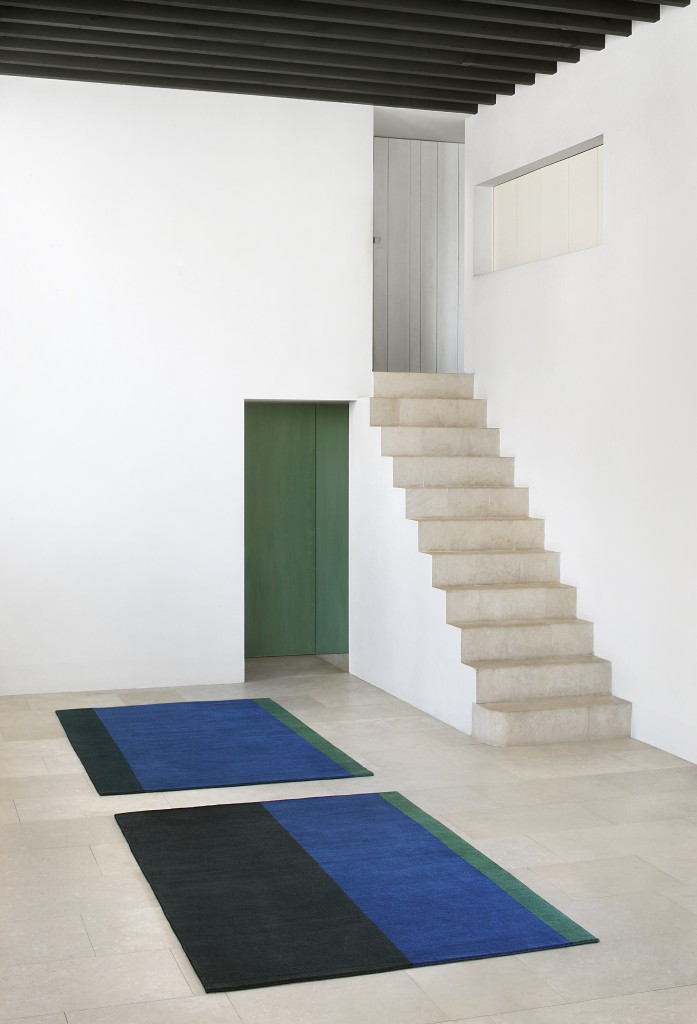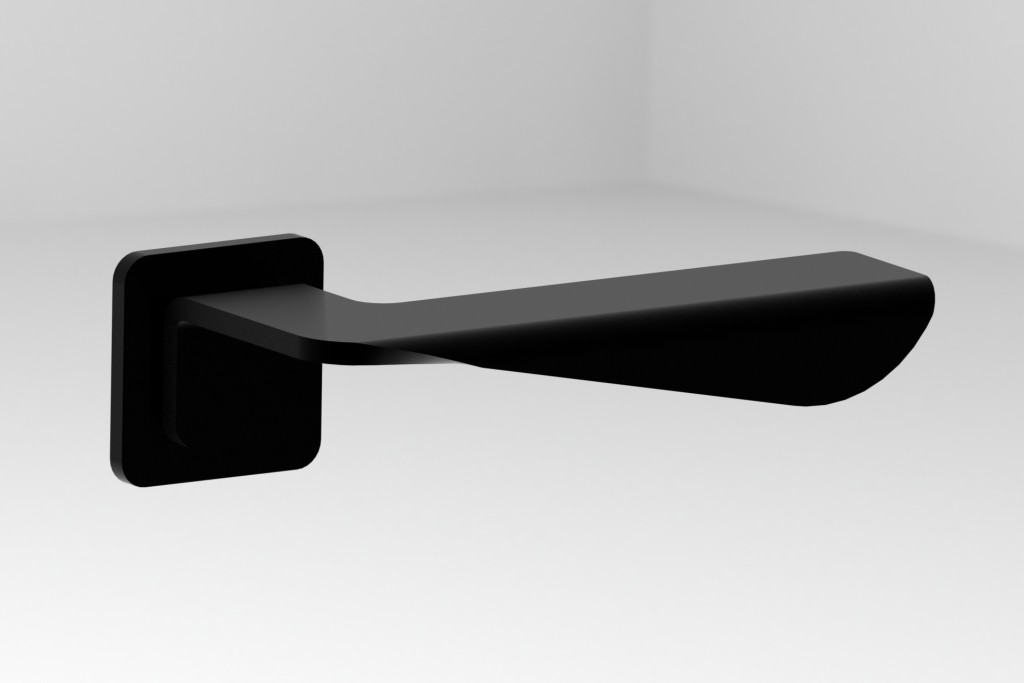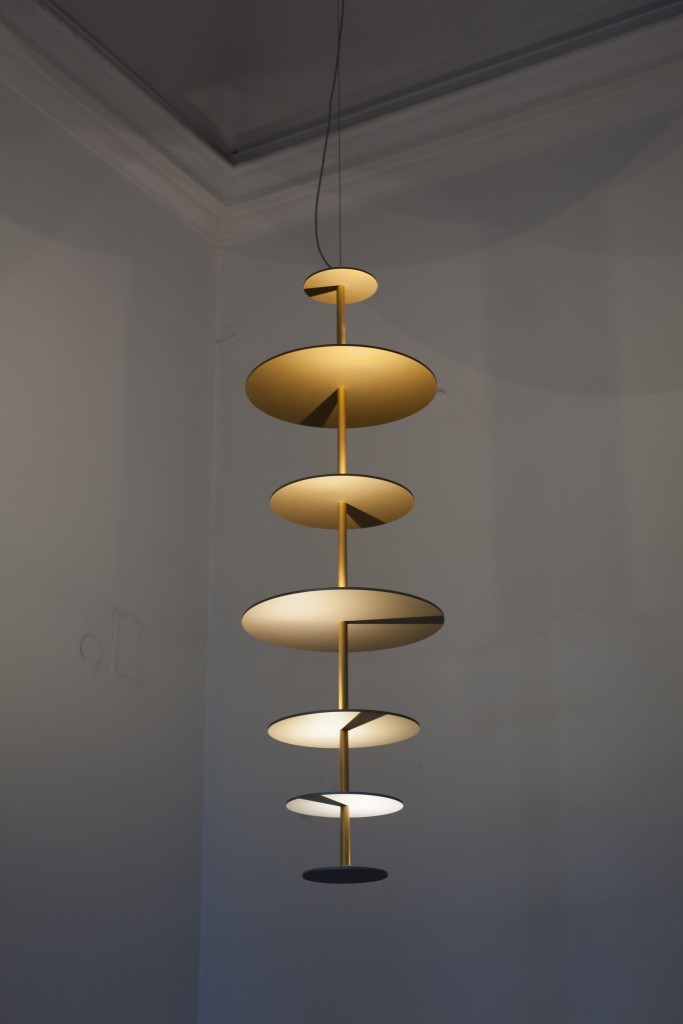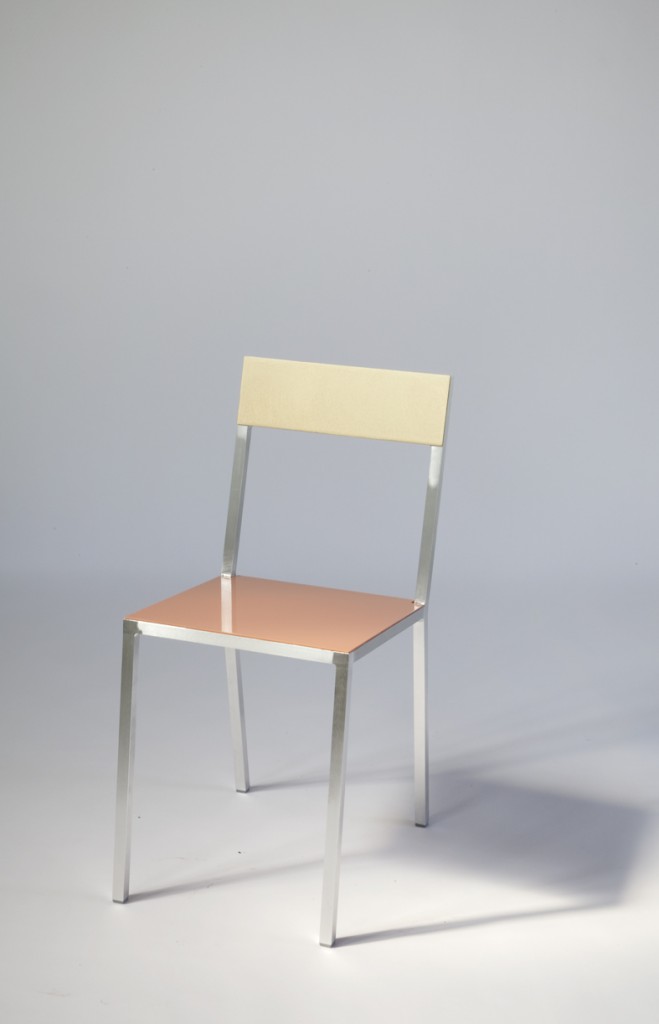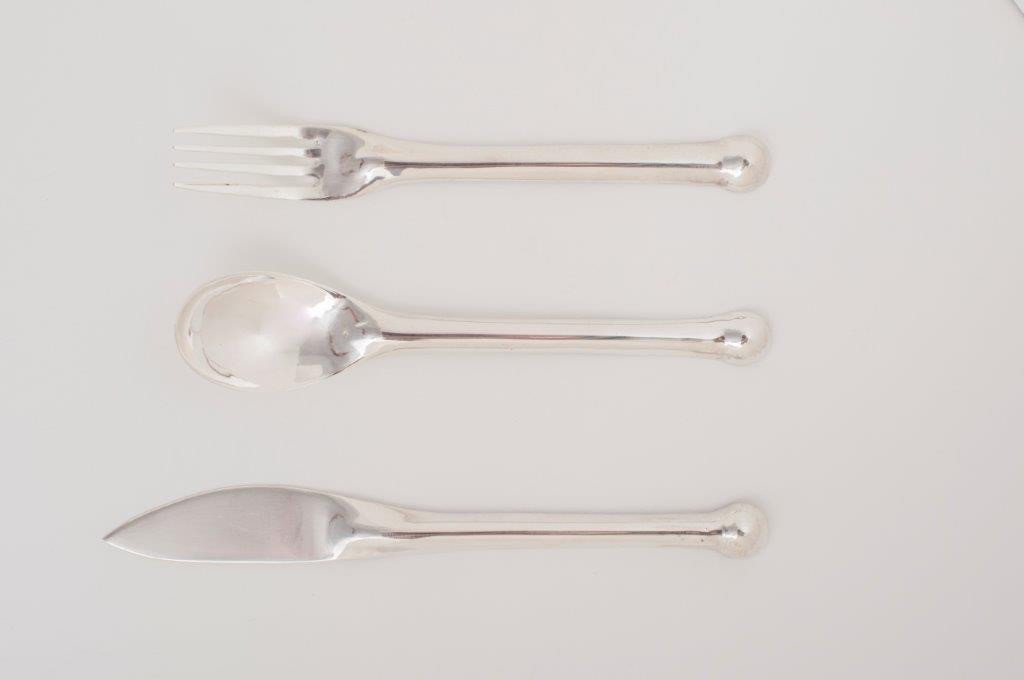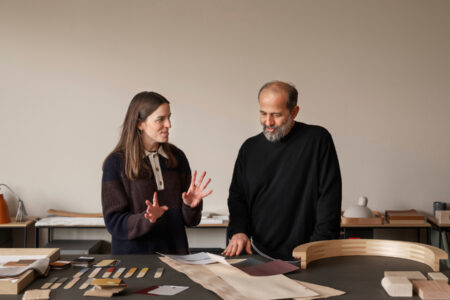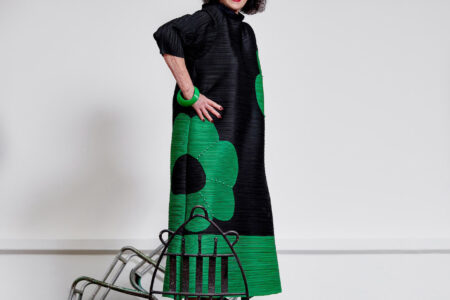Johan Valcke: Hands on Design
Design museum Ghent will be hosting the 8th Triennial for Design in Flanders until 5 March 2017. The Triennial explores the various facets of Belgian contemporary design-led crafts. Exhibition curator Johan Valcke has been very active in this field both locally and internationally. The Hands on Design Triennial is a reflection of Valcke’s personal research and benchmarking work from the past 30 years. It reveals the true, innovative power and impact of craftsmanship, not just within the industry but also in society and in our daily lives. Valcke guides TLmag through this design world, where invisible craftsmanship comes to life.
TLmag: I had the chance to collaborate with you and Pro Materia on the past three design Triennials: Imperfect by Design, Beauty and Belgium is Design. Design for Mankind. How does the new theme, Hands on Design, differentiate itself from the previous themes while at the same time enriching your vision of contemporary craft and design?
Johan Valcke: Every Triennial has a specific theme and looks at upcoming trends in the design world. This year’s edition gives form to the invisible manual labour of craftsmanship and makes tacit knowledge visible. In today’s society, there is a longing for authenticity and tangible objects. There is a real appreciation for the way that products are made. We wanted to counterbalance the strong focus on innovation through technology and the omnipresence of the virtual world.
TLmag: We’ve had long discussions about design-led crafts over the past few years, especially with regards to the UK’s highly dynamic scene. Who leads the creative process in the end? Is it the maker or the designer? How would you define and assess the value of craftsmanship when it comes to experimentation? What is the role of design?
J.V.: In some cases, the maker leads the way. In others, it is the designer, if he or she is not a craftsman. Craftsmanship gives design a human touch. Craftsmanship brings feelings to the surface. There is a huge difference between a handmade object and the same object when it is produced by a machine. The language of the maker is completely different from the language of the machine. However, if they can talk to one another, either directly or through a mediator such an industrial designer, then the resulting product will have both the added value and emotion of the handmade process and the technological and economic advantages of a manufactured product. Strangely enough, while new technologies, such as 3D printing, CNC and laser cutting, make manual labour unnecessary, they allow for things to be made in a spirit of craftsmanship.
TLmag: When you refer to Glenn Adamson and his book, Craft Thinking, you suggest that the quality of a design depends on its added value in terms of its craftsmanship. What are your evaluation and selection criteria?
J.V.: First of all, this project is part of a policy implemented by the Minister of the Economy in Flanders. Therefore, the economic aspect was important to take into account. I didn’t commission makers, designers and companies to develop products for the exhibition. Rather, I presented design products that were already part of their work. They had to be functional pieces produced in small series, not one-offs. The products had to show the creativity of both the designer and the company. Of course, we also prioritised beauty, a user-centred approach and a meaningful use of craftsmanship. After considering all of these criteria, I used my intuition to make the final selection.
TLmag: How have you translated the meaning and qualities of the highly skilled craftsmanship of the 70 contemporary designs you have selected into visual terms and how does the exhibition layout reflect that?
J.V.: We show the physical processes, materials, tools and drawings used to make certain products. The exhibition layout was inspired by the structure of the old Hotel de Coninck, which is hosting the Design museum within its bourgeois rooms. There are product exhibition spaces that evoke salons and there are back rooms that have a workshop ambience. Visitors can linger in these rooms and discover both products and processes. There are also 80 contemporary products and 30 exemplary objects from the Design museum Ghent’s collection mixed into the exhibition in an effort to create a dialogue between the pieces.
TLmag: In comparison with France and the Netherlands, how do you see Belgium and its creative scene, both in the context of design and craftsmanship?
J.V.: Belgium boasts a very strong creative scene. We have excellent schools that serve as a foundation. Belgian designers are frequently hired by foreign companies to develop new products and Belgian craftspeople are represented in the finest museums and collections worldwide. However, it is not always easy for the public in Belgium and abroad to follow and appreciate their work because the communications are handled by different regions in Belgium. Events like the Triennials make things happen and shed light on those efforts. In Belgium, crafts are considered to be artes minores. This hasn’t changed very much since I started promoting Belgian contemporary crafts in 1975. In a certain way, I look at the UK, France, Holland and Germany with a certain envy. I have the impression that contemporary crafts are more appreciated in neighbouring countries than they are here.
TLmag: Do you feel that Belgium has taken full advantage of its potential when it comes to contemporary applied arts and design or is there still a lot to be done?
J.V.: There is still much to be done and there is much to come. It is a never-ending project. New designers, craftspeople and creatives are completing their training at this very moment. They will have to face the real world and conquer it with their work. This is no easy task. Many of them will try but few of them will break through. However, most of them will be able to earn a living with their skills and knowledge. The creative industry is booming and that is a good thing.
